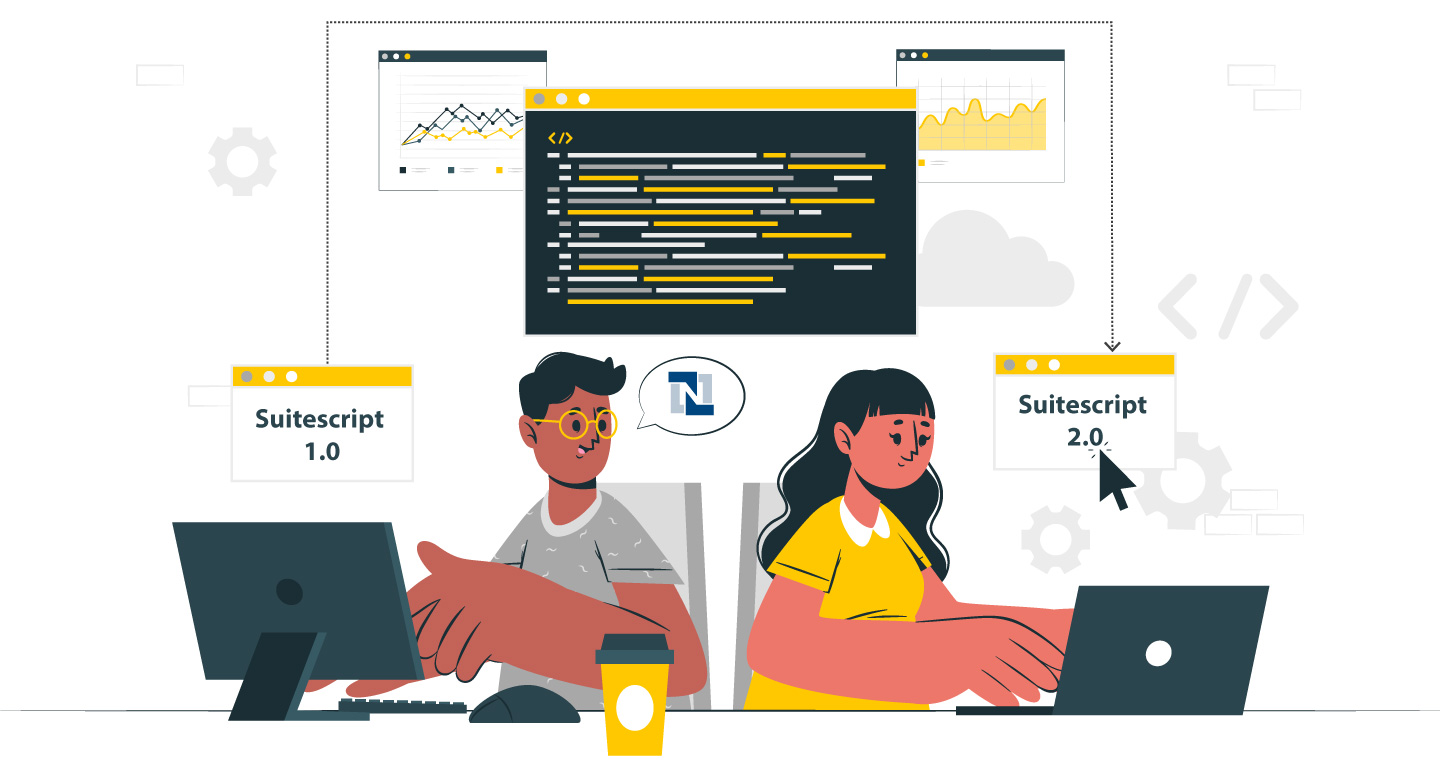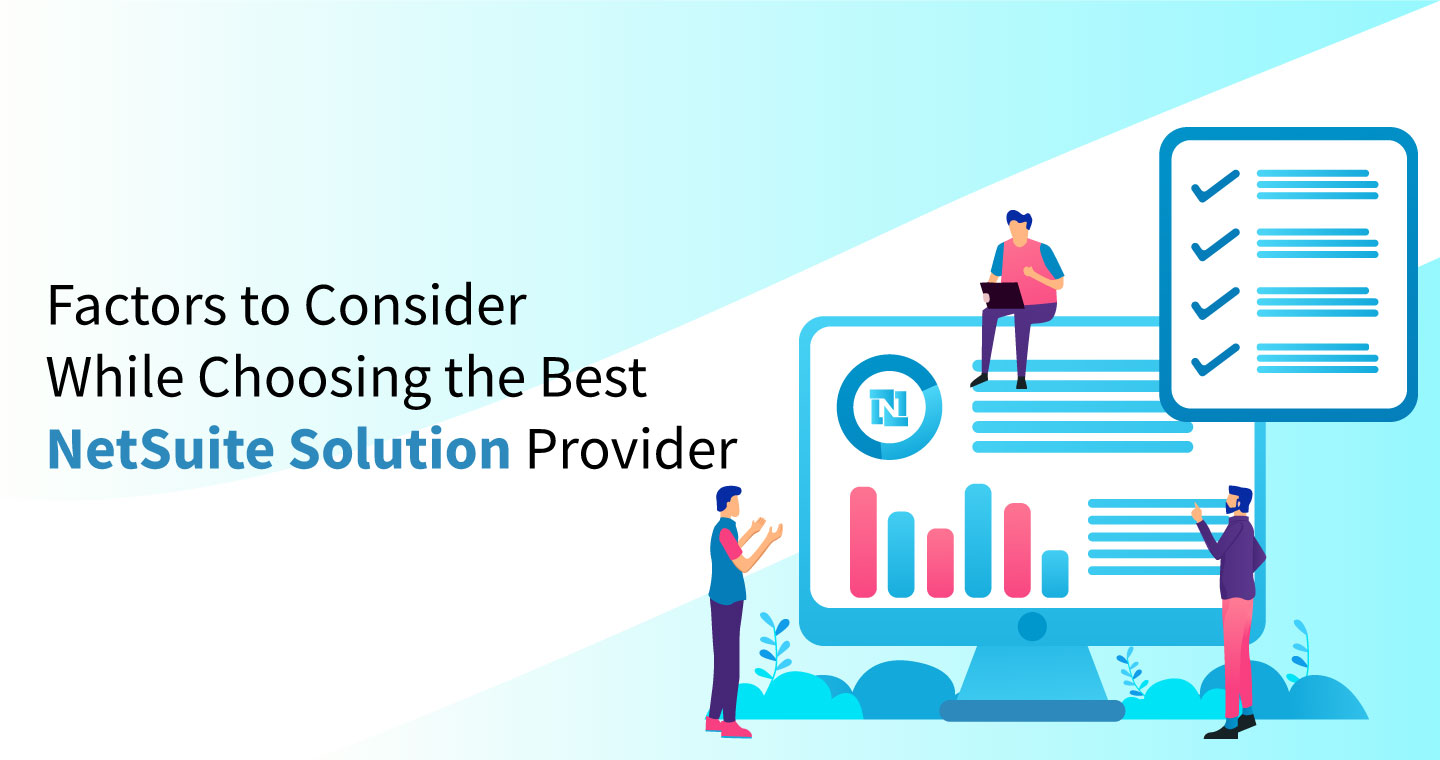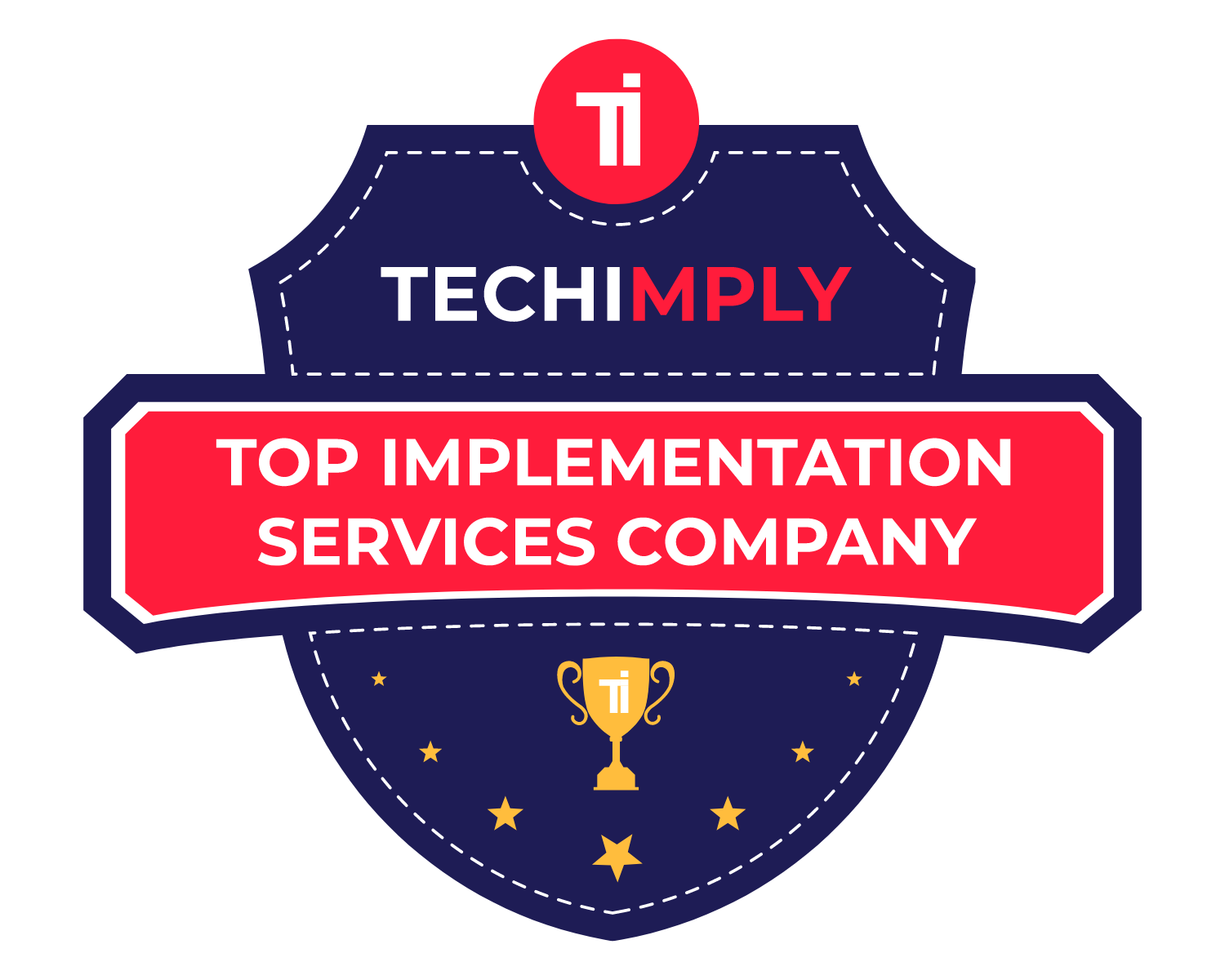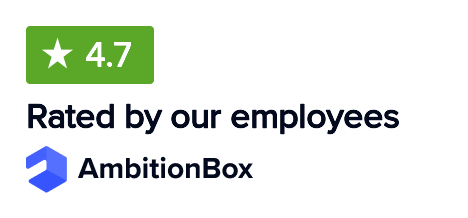Is your NetSuite ERP experiencing the same efficiency it had on the day of implementation? With time, even the best enterprise platforms may start facing the pressure of changing business needs. Whether it is slow workflows, user dissatisfaction, or inefficient manual processes, signs of underperformance can quietly accumulate until they start affecting your bottom line. Conducting a NetSuite optimization review helps ensure your system evolves with your business and continues supporting long-term growth.
In this blog, we will walk you through key indicators and strategies for a full-scale NetSuite tune-up.
Common Signs You Need NetSuite Optimization
The first step toward the resolution of inefficiencies is to identify the early signals of trouble. Here are the most common indicators that your NetSuite environment might need attention:
- Decreasing user satisfaction: If staff members express dissatisfaction with the system’s usability or the length of time required to complete tasks, there is probably a more serious problem with configuration or training.
- Slower performance: Slow loading of pages or time delays in the retrieval of data indicate a bottleneck in the performance, particularly in cases where your business has expanded since its early adoption.
- Dependency on offline spreadsheets: Using manual spreadsheets or offline approval systems points to incomplete automation within NetSuite. These workarounds often lead to data inconsistencies, higher error rates, and a lack of real-time visibility for decision-makers.
- Reporting delays: If monthly reports take days to finalize, your dashboards or saved searches may not be optimized. Inaccurate or delayed reporting can prevent timely actions, reduce confidence in data, and increase operational risks.
- Lack of adoption: Teams may underuse NetSuite due to poor onboarding or a lack of role-specific customization. This causes inefficiency, increased training needs, and limited ROI from the ERP investment made by your business.
Though these problems are very common, they can be resolved with strategic NetSuite Optimization . In fact, acting early helps prevent performance degradation from becoming a widespread operational concern
Is It Time for NetSuite Optimization?
Even a powerful ERP like NetSuite can fall short when internal systems or external changes are ignored. Below are the key triggers that often cause system slowdowns or inefficiencies.
1. Rapid Business Growth Without System Scaling
As firms enter new markets or create new lines of products, this frequently exceeds the initial configuration. It creates NetSuite performance bottlenecks such as slow reporting, overloaded dashboards, or transactional records overload.
2. Regulatory and Compliance Changes
ASC 606 or ASC 842 may suggest custom fields or modifications. Failure to implement these modifications on schedule will create a situation where teams use manual tracking to follow up, thereby compromising the primary features of NetSuite .
3. Poor User Adoption and Training Gaps
Without ongoing training or onboarding, users revert to old practices. This often results in inconsistent system usage. Over time, outdated workflows and knowledge gaps reduce NetSuite’s potential to deliver meaningful value across departments.
4. Incomplete System Integration
When companies integrate apps, such as CRMs, e-commerce, or supply chain apps, there is a risk of disrupting existing workflows without integrating them with NetSuite. A structured NetSuite integration performance review allows streamlining of the flow of data through systems, ensuring accuracy.
NetSuite Optimization Review Checklist
How do you know if it is the right time to revisit your NetSuite setup? Here is a practical checklist to help you evaluate:
1. Are all users trained on the most recent processes and modules?
All the users often rely on old habits which leads to under-utilization.
2. Do you rely on spreadsheets to complete key processes like reconciliation or expense reporting?
Manual processes signal missing configurations or automation gaps.
3. Are dashboards and saved searches tailored to specific user roles?
Custom views save time and improve decision-making by showing the most relevant data.
4. Have you added new business units, currencies, or product lines?
Changes in scale or complexity may require updated modules or permissions.
5. Are your approval workflows automated and error-free?
Delays in PO or sales order approvals often reflect poor workflow setup.
6. Is reporting consistent and accurate across departments?
Inconsistencies suggest misaligned data sources or underused features.
If you answered “No” to two or more questions, a detailed NetSuite optimization review should be a priority.
Also Read: Complete Guide to NetSuite Optimization in 2025
What Optimization Solutions Can Deliver Immediate Impact?
Once bottlenecks are identified, it is important to undertake the practical steps to improve system performance. Let’s explore the most impactful solutions that can be enjoyed based on common client needs:
1. Custom Workflows and Automation
The tailoring of authorization sequences and transactions cuts waste and human error. As an example, expenses need to be approved, and automating the process can save hours in monthly closures. When implemented effectively, NetSuite customization can give each department the capability of moving faster with fewer handoffs.
2. Role-Based Dashboards and Saved Searches
The role-specific dashboard is one of the features utilized least in NetSuite. By enhancing these views with the NetSuite Saved Search tailored to job functions, you give users instant access to the data they need most. This not only makes it more usable but also increases reporting accuracy in teams.
3. Enhanced Module Configuration
Some companies may have skipped implementing key modules, such as fixed asset or multi-book accounting, during the initial setup. With proper configuration and training, these modules can significantly decrease workload and increase transparency. Therefore, evaluating unused modules is among the fastest ways to realize a high ROI from NetSuite optimization.
4. Data Quality Clean-Up
The lack of quality data due to previous migrations can affect almost any business process. A data audit as part of an optimization plan must resolve duplications, missing fields, or improper mappings to overcome loss of trust in reporting and the accuracy of financial data.
5. End-User Training and Documentation
Continuous user training is often overlooked, yet it is essential for ensuring that new features and system upgrades are fully utilized. Process refreshers are useful even to long-time users, particularly when making changes. Therefore, the NetSuite ERP optimization service should involve custom training for new and existing users.

Conclusion
NetSuite is not just a back-office system but a backbone for business visibility, efficiency, and scalability. However, even the most efficient ERP platform should be optimized over time to keep pace with business development. If you are also facing manual processes, reporting issues, or poor adoption, this indicates that the time has arrived when you should think about a NetSuite performance tune-up.
Use the checklist above to assess performance gaps and prioritize areas that need improvement. Therefore, timely NetSuite optimization can transform how your teams operate from automation and training to data accuracy and integration. Moreover, partnering with a trusted NetSuite consultant like VNMT Solutions ensures these improvements are precisely tailored to your goals to deliver faster processes, better data, and a higher ROI.
Ready to get more from your NetSuite ERP? Contact us today for a personalized optimization roadmap.
Follow VNMT Solutions for more NetSuite optimization tips, use cases, and success stories.
















